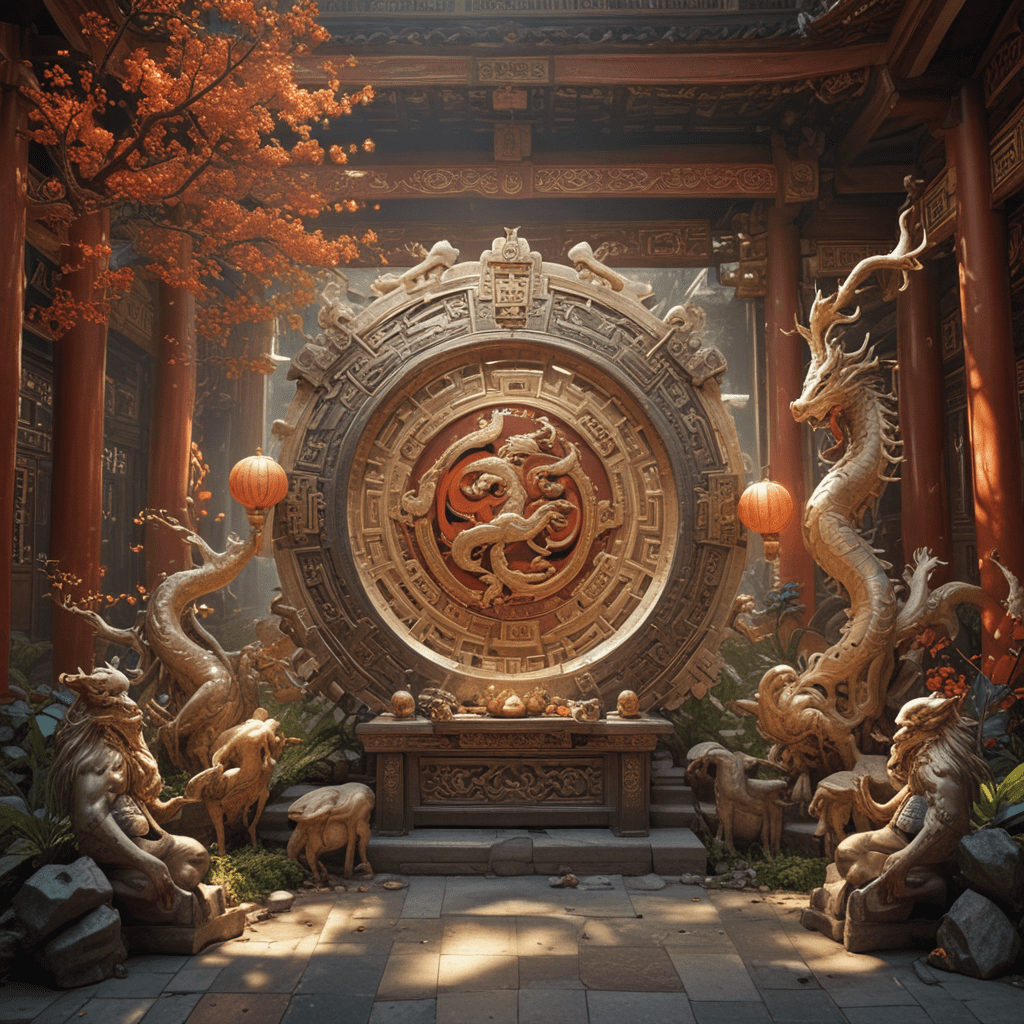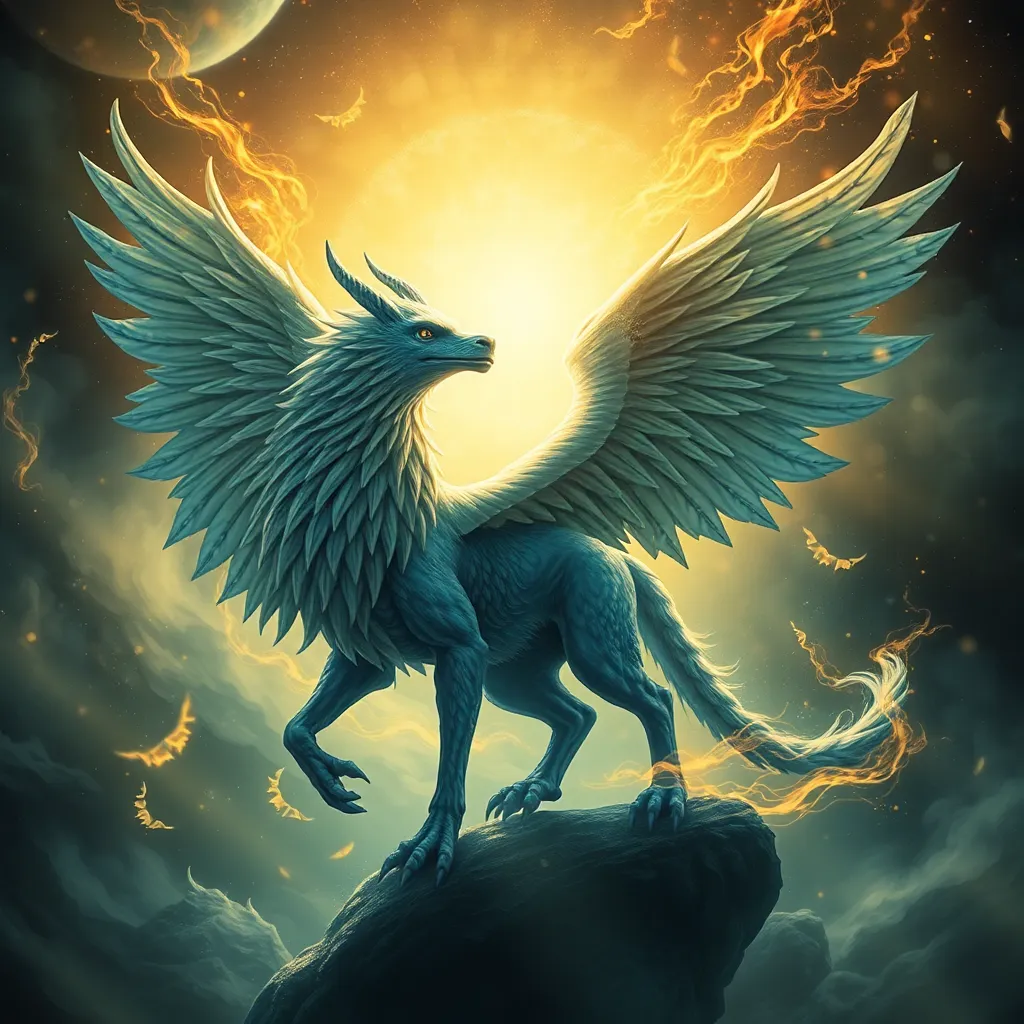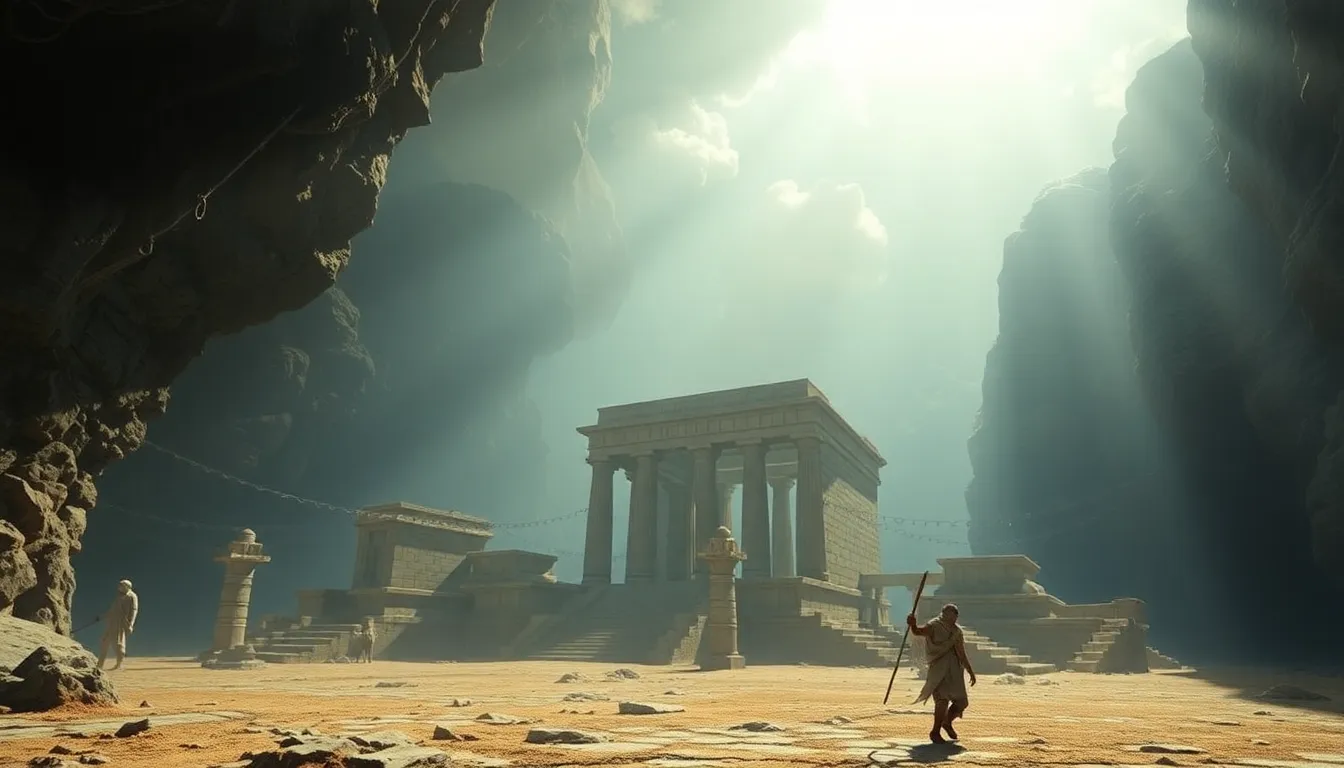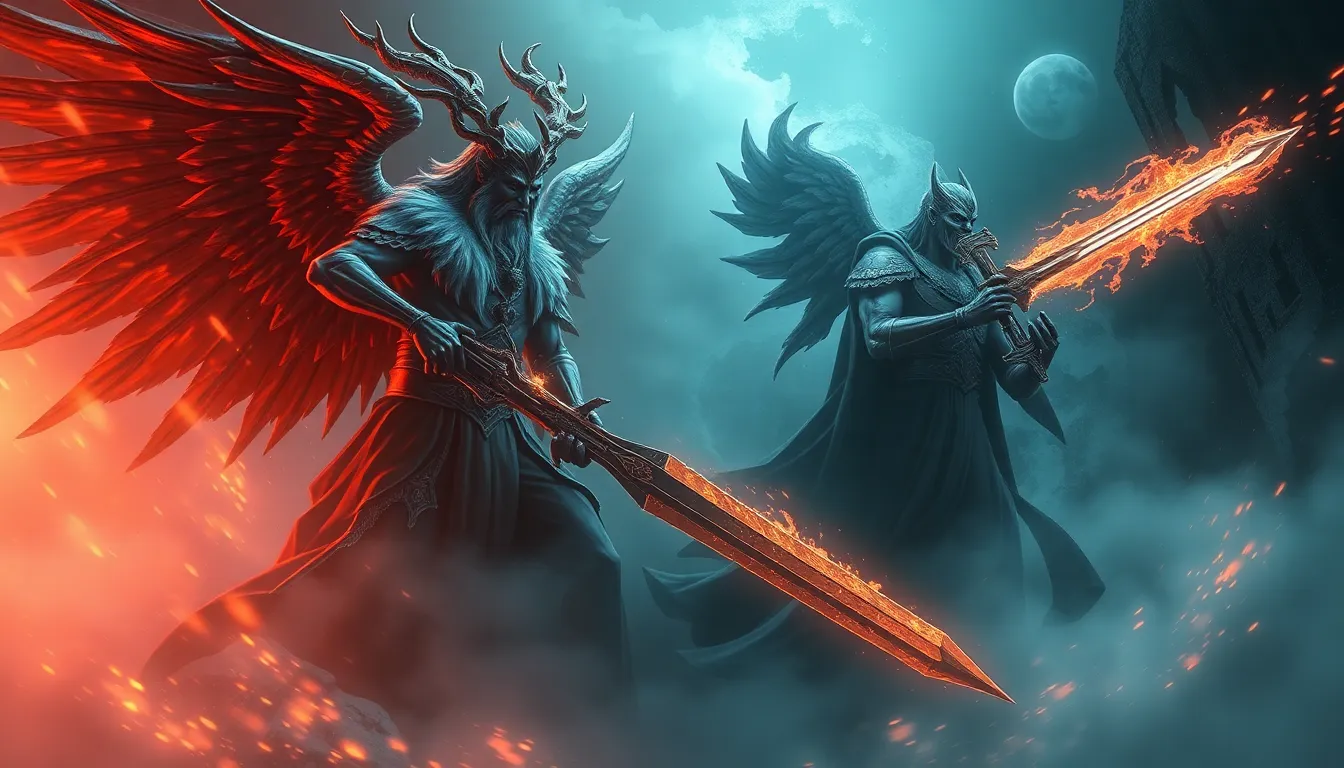Chinese Mythological Symbols of Renewal and Rebirth
Introduction
Chinese mythology is deeply intertwined with nature and the celestial realm, and it abounds with symbols that embody renewal, transformation, and rebirth. These symbols have played a profound role in Chinese culture, art, and literature, representing hope, resilience, and the cyclical nature of life. From the majestic Phoenix to the graceful Crane, let us delve into some of these potent mythological symbols of renewal and rebirth.
The Phoenix: Symbol of Immortality and Rebirth
In Chinese mythology, the Phoenix is a legendary bird that symbolizes immortality, rebirth, and renewal. It is said to possess vibrant plumage that shimmers with a thousand hues and has the ability to rise from its own ashes, stronger and more radiant than before. The Phoenix is often associated with the sun and represents the cycle of death and rebirth, making it a powerful symbol of hope and resilience.
The Dragon: Symbol of Transformation and Renewal
The Dragon is a revered creature in Chinese mythology, symbolizing power, wisdom, and renewal. It is often depicted as a serpentine creature with four legs, scales, and horns. In Chinese culture, the Dragon is associated with rain, fertility, and the transformative power of nature. It represents the balance between yin and yang, embodying both strength and adaptability, and is seen as a guardian and protector.
The Tiger: Symbol of Strength and Rebirth
The Tiger is a revered animal in Chinese mythology, representing strength, courage, and protection. It is often associated with the element of wood and the direction of east. In Chinese culture, the Tiger is seen as a guardian spirit and is believed to have the power to ward off evil spirits and protect homes and villages. It symbolizes the strength to overcome challenges and the ability to start anew.
The Turtle: Symbol of Longevity and Vitality
The Turtle is a revered creature in Chinese mythology, symbolizing longevity, vitality, and wisdom. It is often depicted with a hard shell and a long tail, representing its resilience and long life. In Chinese culture, the Turtle is associated with the element of water and the direction of north. It represents the connection between heaven and earth and symbolizes the slow but steady progress that leads to success.
The Carp: Symbol of Perseverance and Rebirth
The Carp is a revered fish in Chinese mythology, symbolizing perseverance, strength, and the ability to overcome obstacles. It is often depicted with large scales and whiskers, representing its resilience and determination. In Chinese culture, the Carp is associated with the element of water and the direction of east. It represents the ability to overcome challenges and achieve success through hard work and dedication.
6. The Crane: Symbol of Grace and Renewal
The Crane is a graceful and revered bird in Chinese mythology, symbolizing longevity, wisdom, and renewal. It is often depicted with elegant white feathers, a long neck, and slender legs. In Chinese culture, the Crane is associated with the element of metal and the direction of west. It represents grace, refinement, and the pursuit of knowledge. The Crane is seen as a symbol of longevity and is believed to bring good fortune and blessings.
7. The Lotus Flower: Symbol of Enlightenment and Rebirth
The Lotus Flower is a sacred symbol in Chinese mythology, representing purity, enlightenment, and rebirth. It is often depicted with delicate petals that bloom in various colors, most notably pink and white. In Chinese culture, the Lotus Flower is associated with Buddhism and symbolizes the ability to rise above suffering and achieve spiritual enlightenment. It represents the journey of transformation and the potential for rebirth and renewal.
8. The Sun and Moon: Symbols of Cosmic Renewal
The Sun and Moon are celestial bodies that hold significant symbolic meaning in Chinese mythology, representing the cosmic cycle of renewal. The Sun is associated with yang energy, warmth, and vitality, while the Moon is associated with yin energy, coolness, and receptivity. Together, they represent the balance and harmony of the universe and the constant cycle of birth, death, and rebirth. The Sun and Moon symbolize the hope for a new day and the promise of renewal after darkness.
9. Conclusion
Chinese mythological symbols of renewal and rebirth are deeply embedded in the fabric of Chinese culture, representing hope, resilience, and the cyclical nature of life. From the immortal Phoenix to the graceful Crane, each symbol carries a unique meaning and embodies the potential for transformation and new beginnings. These symbols continue to inspire and resonate with people today, reminding us of the power of perseverance, the importance of grace, and the promise of renewal that exists within us all.
FAQ
Q: What is the most common symbol of rebirth in Chinese mythology?
A: The Phoenix, known for its ability to rise from its own ashes, is a potent symbol of rebirth and renewal in Chinese mythology.
Q: What animal symbolizes strength and rebirth in Chinese mythology?
A: The Tiger is revered in Chinese mythology for its strength, courage, and protective nature, representing the ability to overcome challenges and start anew.
Q: What celestial symbol represents the cosmic cycle of renewal in Chinese mythology?
A: The Sun and Moon, as celestial bodies, symbolize the balance and harmony of the universe and the constant cycle of birth, death, and rebirth.
Q: What does the Lotus Flower symbolize in Chinese mythology?
A: The Lotus Flower is a sacred symbol representing purity, enlightenment, and rebirth, embodying the journey of transformation and the potential for spiritual growth.
Q: What bird symbolizes grace and longevity in Chinese mythology?
A: The Crane is depicted as a graceful and elegant bird, representing longevity, wisdom, and the pursuit of knowledge. It signifies refined qualities and is seen as a symbol of good fortune.



